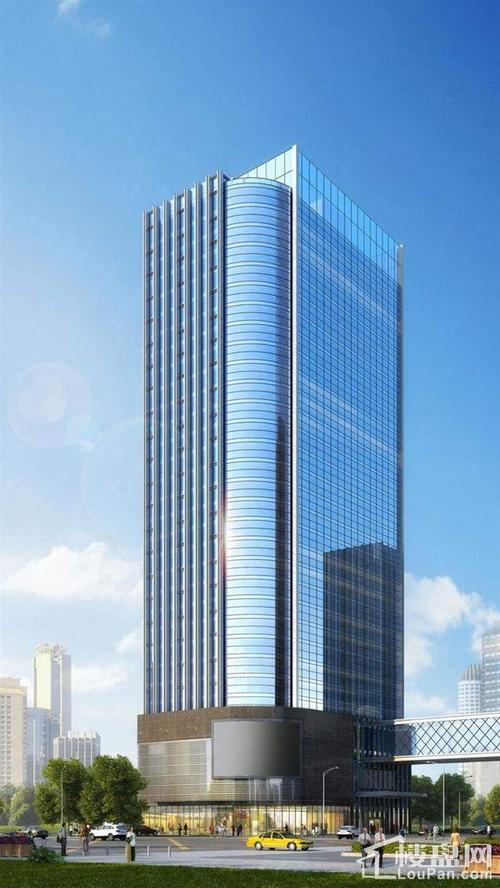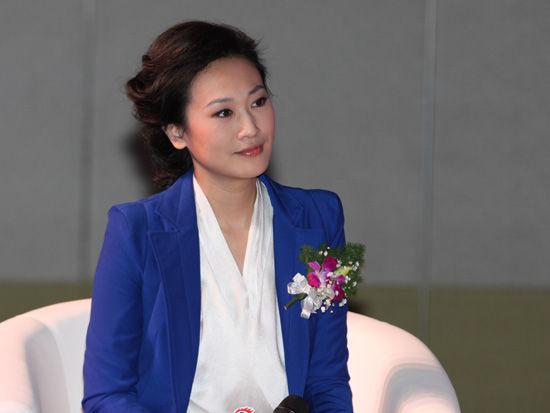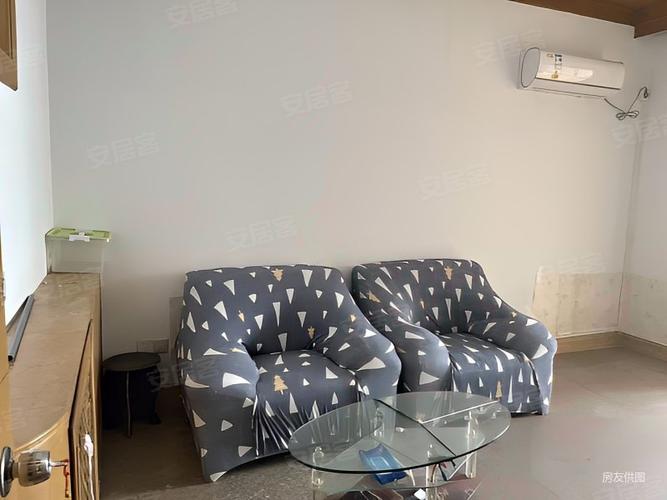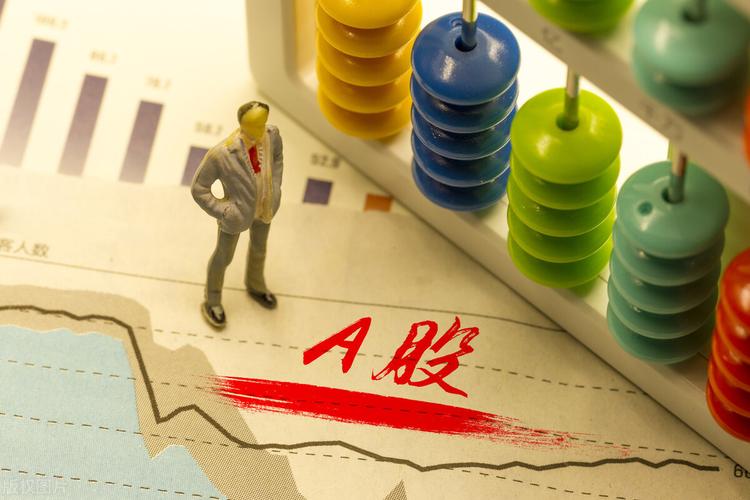2023年6月20日发(作者:)
css伪元素详解css的伪元素,之所以被称为伪元素,是因为他们不是真正的页⾯元素,html没有对应的元素,但是其所有⽤法和表现⾏为与真正的页⾯元素⼀样,可以对其使⽤诸如页⾯元素⼀样的css样式,表⾯上看上去貌似是页⾯的某些元素来展现,实际上是css样式展现的⾏为,因此被称为伪元素。如下图,是伪元素在html代码机构中的展现,可以看出⽆法伪元素的结构⽆法审查。css有⼀系列的伪元素,如:before,:after,:first-line,:first-letter等,本⽂就详述⼀下:before和:after元素的使⽤⼀、伪元素:before和:after⽤法这个两个伪元素在真正页⾯元素内部之前和之后添加新内容(当然了,可以对伪元素应⽤定位可以置于任何位置)。可以⽤以下例⼦来说明:
wonyun!
上⾯例⼦从技术⾓度看,等价于下⾯的html结构:hello wonyun! you are handsome!
由此可知:伪元素:before和:after添加的内容默认是inline元素;这个两个伪元素的content属性,表⽰伪元素的内容,设置:before和:after时必须设置其content属性,否则伪元素就不起作⽤。那么问题来了,content属性的值可以有哪些内容呢,具体有以下⼏种情况:字符串,字符串作为伪元素的内容添加到主元素中注意:字符串中若有html字符串,添加到主元素后不会进⾏html转义,也不会转化为真正的html内容显⽰,⽽是会原样输出attr(attr_name), 伪元素的内容跟主元素的某个属性值进⾏关联,及其内容为主元素的某指定属性的值好处:可以通过js动态改变主元素的指定属性值,这时伪元素的内容也会跟着改变,可以实现某些特殊效果,如图⽚加载失败⽤⼀段⽂字替换。url()/uri(), 引⽤外部资源,例如图⽚;counter(), 调⽤计数器,可以不使⽤列表元素实现序号问题。⼆、:before和:after特点上⾯说了,伪元素是通过样式来达到元素效果的,也就是说伪元素不占⽤dom元素节点,引⽤⾥⾯总结的,:before和:after伪元素的主要特点如下:伪元素不属于⽂档,所以js⽆法操作它伪元素属于主元素的⼀部分,因此点击伪元素触发的是主元素的click事件原⽂说块级元素才能有:before, :after,其实是不妥的,⼤部分⾏级元素也可以设置伪元素,但是像img可替换元素,因为其外观和尺⼨有外部资源决定,那么如果外部资源正确加载,就会替换掉其内部内容,这时伪元素也会被替换掉,但是当外部资源加载失败时,设置的伪元素是可以起作⽤的。基于伪元素的特点可以知道其优缺点,也引⽤别⼈⽂章的话:* 优点 * 减少dom节点数 * 让css帮助解决部分js问题,让问题变得简单*缺点 * 不利于SEO * ⽆法审查元素,不利于调试三、:before和:after常见使⽤场景1. 清除浮动清除浮动是前端最常见的问题,有⼀种做法是使⽤⼀个空的页⾯元素如div来清除浮动,但是这种做法增加毫⽆语义的页⾯元素,⽽且占⽤dom节点。更可取的做法是利⽤伪元素来清除浮动:content: '';
background-color: lightblue; position: absolute;
left: 0; height: 10000px; top: -5000px; width: 100%; z-index: -1; } td:hover::before { background-color: lightblue; content: '';
height: 100%; top: 0; left: -5000px; position: absolute;
width: 10000px; z-index: -1; }具体代码: .empty__bg { display: inline-block; width: 95px; height: 92px; background: url(/FvD_sYY4Fmp_yKS0E07H-5jhuKTB) no-repeat; background-size: 95px 92px; position: relative; margin-bottom: 16px;/*注意这⾥需要留好位置放置after元素(它是absolute进去的)*/ } .empty__bg:after { content: "暂⽆学习计划"; display: block; font-size: 14px; line-height: 24px; text-align: center; width: 100%; color: #909090; position: absolute; top: 100%; left: 0; } }上述可以实现扩⼤可点击区域,这对应⼿机⽤户来说更加友好⼀些,否则⽤户点击不会触发相应的事件;具体代码实现如下: .play-cover {position: relative} .play-cover:before{ content: ""; display: block; position: absolute; width: 0; height: 0; border-left: 8px solid white; border-top: 5px solid transparent; border-bottom: 5px solid transparent; margin-left: 9px; margin-bottom: 7px; z-index: 5; } .play-cover:after{ content: ''; display: block; position: absolute; width: 20px; height: 20px; border: 2px solid white; background: rgba(0, 0, 0, .6); border-radius: 12px; background-clip: padding-box; } .magic-checkbox { position: absolute; display: none; //先隐藏真正的checkboxbox } .magic-checkbox + label {//为与checkbox搭配的label使⽤样式 position: relative; //相对定位,⽅便其内容的伪元素进⾏定位 display: block; //块元素 padding-left: 30px; cursor: pointer; vertical-align: middle;
} .magic-checkbox + label:before { //label添加:before伪元素,⽤于⽣成⼀个带边界的正⽅形,模拟复选框的轮廓 position: absolute; top: 0; left: 0; display: inline-block; width: 20px; height: 20px; content: ''; border: 1px solid #c0c0c0;
border-radius: 3px;
} //为checkbox添加:after伪元素,作⽤是⽣成⼀个√图形,模拟checkbox选中状态,未选中状态下会被隐藏 .magic-checkbox + label:after { top: 2px; left: 7px; box-sizing: border-box; width: 6px; //实现√图形很简单:设置⼀个长⽅形,去掉其上边界和左边界,剩下的2个边界旋转45度就得到√形状 height: 12px; transform: rotate(45deg); border-width: 2px; border-style: solid; border-color: #fff; border-top: 0; border-left: 0; position: absolute; display: none; //√形状先隐藏 content: ''; } //单击label,隐藏的checkbox为checked状态,这时设置checked状态下搭配label的:before伪元素背景和边界颜⾊ .magic-checkbox:checked + label:before { animation-name: none;
border: #3e97eb; background: #3e97eb;
} //checked状态的checkbox搭配的label伪元素:after此时设置显⽰,那么√就显⽰出来了 .magic-checkbox:checked + label:after { display: block;
}利⽤:before和:after能轻易实现美化的radio和checkbox
2023年6月20日发(作者:)
css伪元素详解css的伪元素,之所以被称为伪元素,是因为他们不是真正的页⾯元素,html没有对应的元素,但是其所有⽤法和表现⾏为与真正的页⾯元素⼀样,可以对其使⽤诸如页⾯元素⼀样的css样式,表⾯上看上去貌似是页⾯的某些元素来展现,实际上是css样式展现的⾏为,因此被称为伪元素。如下图,是伪元素在html代码机构中的展现,可以看出⽆法伪元素的结构⽆法审查。css有⼀系列的伪元素,如:before,:after,:first-line,:first-letter等,本⽂就详述⼀下:before和:after元素的使⽤⼀、伪元素:before和:after⽤法这个两个伪元素在真正页⾯元素内部之前和之后添加新内容(当然了,可以对伪元素应⽤定位可以置于任何位置)。可以⽤以下例⼦来说明:
wonyun!
上⾯例⼦从技术⾓度看,等价于下⾯的html结构:hello wonyun! you are handsome!
由此可知:伪元素:before和:after添加的内容默认是inline元素;这个两个伪元素的content属性,表⽰伪元素的内容,设置:before和:after时必须设置其content属性,否则伪元素就不起作⽤。那么问题来了,content属性的值可以有哪些内容呢,具体有以下⼏种情况:字符串,字符串作为伪元素的内容添加到主元素中注意:字符串中若有html字符串,添加到主元素后不会进⾏html转义,也不会转化为真正的html内容显⽰,⽽是会原样输出attr(attr_name), 伪元素的内容跟主元素的某个属性值进⾏关联,及其内容为主元素的某指定属性的值好处:可以通过js动态改变主元素的指定属性值,这时伪元素的内容也会跟着改变,可以实现某些特殊效果,如图⽚加载失败⽤⼀段⽂字替换。url()/uri(), 引⽤外部资源,例如图⽚;counter(), 调⽤计数器,可以不使⽤列表元素实现序号问题。⼆、:before和:after特点上⾯说了,伪元素是通过样式来达到元素效果的,也就是说伪元素不占⽤dom元素节点,引⽤⾥⾯总结的,:before和:after伪元素的主要特点如下:伪元素不属于⽂档,所以js⽆法操作它伪元素属于主元素的⼀部分,因此点击伪元素触发的是主元素的click事件原⽂说块级元素才能有:before, :after,其实是不妥的,⼤部分⾏级元素也可以设置伪元素,但是像img可替换元素,因为其外观和尺⼨有外部资源决定,那么如果外部资源正确加载,就会替换掉其内部内容,这时伪元素也会被替换掉,但是当外部资源加载失败时,设置的伪元素是可以起作⽤的。基于伪元素的特点可以知道其优缺点,也引⽤别⼈⽂章的话:* 优点 * 减少dom节点数 * 让css帮助解决部分js问题,让问题变得简单*缺点 * 不利于SEO * ⽆法审查元素,不利于调试三、:before和:after常见使⽤场景1. 清除浮动清除浮动是前端最常见的问题,有⼀种做法是使⽤⼀个空的页⾯元素如div来清除浮动,但是这种做法增加毫⽆语义的页⾯元素,⽽且占⽤dom节点。更可取的做法是利⽤伪元素来清除浮动:content: '';
background-color: lightblue; position: absolute;
left: 0; height: 10000px; top: -5000px; width: 100%; z-index: -1; } td:hover::before { background-color: lightblue; content: '';
height: 100%; top: 0; left: -5000px; position: absolute;
width: 10000px; z-index: -1; }具体代码: .empty__bg { display: inline-block; width: 95px; height: 92px; background: url(/FvD_sYY4Fmp_yKS0E07H-5jhuKTB) no-repeat; background-size: 95px 92px; position: relative; margin-bottom: 16px;/*注意这⾥需要留好位置放置after元素(它是absolute进去的)*/ } .empty__bg:after { content: "暂⽆学习计划"; display: block; font-size: 14px; line-height: 24px; text-align: center; width: 100%; color: #909090; position: absolute; top: 100%; left: 0; } }上述可以实现扩⼤可点击区域,这对应⼿机⽤户来说更加友好⼀些,否则⽤户点击不会触发相应的事件;具体代码实现如下: .play-cover {position: relative} .play-cover:before{ content: ""; display: block; position: absolute; width: 0; height: 0; border-left: 8px solid white; border-top: 5px solid transparent; border-bottom: 5px solid transparent; margin-left: 9px; margin-bottom: 7px; z-index: 5; } .play-cover:after{ content: ''; display: block; position: absolute; width: 20px; height: 20px; border: 2px solid white; background: rgba(0, 0, 0, .6); border-radius: 12px; background-clip: padding-box; } .magic-checkbox { position: absolute; display: none; //先隐藏真正的checkboxbox } .magic-checkbox + label {//为与checkbox搭配的label使⽤样式 position: relative; //相对定位,⽅便其内容的伪元素进⾏定位 display: block; //块元素 padding-left: 30px; cursor: pointer; vertical-align: middle;
} .magic-checkbox + label:before { //label添加:before伪元素,⽤于⽣成⼀个带边界的正⽅形,模拟复选框的轮廓 position: absolute; top: 0; left: 0; display: inline-block; width: 20px; height: 20px; content: ''; border: 1px solid #c0c0c0;
border-radius: 3px;
} //为checkbox添加:after伪元素,作⽤是⽣成⼀个√图形,模拟checkbox选中状态,未选中状态下会被隐藏 .magic-checkbox + label:after { top: 2px; left: 7px; box-sizing: border-box; width: 6px; //实现√图形很简单:设置⼀个长⽅形,去掉其上边界和左边界,剩下的2个边界旋转45度就得到√形状 height: 12px; transform: rotate(45deg); border-width: 2px; border-style: solid; border-color: #fff; border-top: 0; border-left: 0; position: absolute; display: none; //√形状先隐藏 content: ''; } //单击label,隐藏的checkbox为checked状态,这时设置checked状态下搭配label的:before伪元素背景和边界颜⾊ .magic-checkbox:checked + label:before { animation-name: none;
border: #3e97eb; background: #3e97eb;
} //checked状态的checkbox搭配的label伪元素:after此时设置显⽰,那么√就显⽰出来了 .magic-checkbox:checked + label:after { display: block;
}利⽤:before和:after能轻易实现美化的radio和checkbox






















发布评论